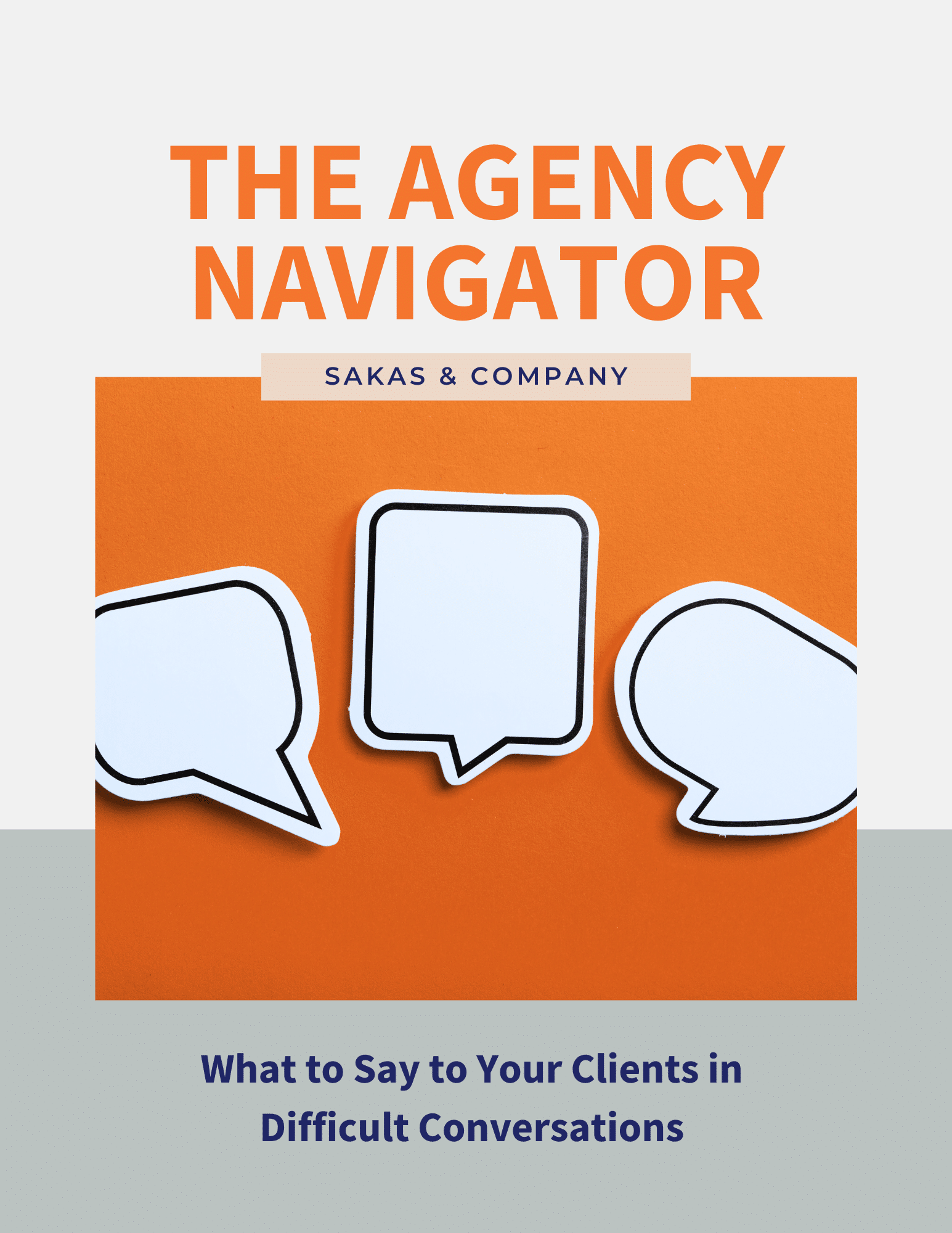If you or your sales team are tired of wasting time on unqualified “tire-kickers,” it’s time to overhaul your sales qualifying process. Adding a pre-sales intake form that prospects must fill out before you’ll do a phone call with them could solve many of your problems.
I’m going to assume you don’t want to hear from poor-fit prospects, and you do want to hear from people who are a good match. Long-term, your inbound leads depend on your positioning and reputation. But once someone’s contacted you, let’s make the most of it!
How to use the pre-sales intake form in your agency’s sales process
The questions you ask—or don’t ask—before the one-on-one sales call determine if you’re speaking with a great prospect… or someone who’s wasting your time.
When someone reaches out to request a call, send them a link to your “pre-sales” intake form (some combination of the questions I’ve listed below). Completion of the form should be a condition for doing the call—no form means no call.
This works because you’re asking them to lean in before you lean in. If someone takes a week to complete the form, they’re showing you this isn’t a priority. If they don’t respect your sales process, it’s a sign they won’t respect your agency’s advice if they hire you. If they never complete the form, you just saved yourself from doing a call with an unqualified prospect!
You can decide if they need to fill it out before you’ll schedule the call, or you can also say they need to complete it 1-2 days before the call itself.
9 questions to ask in your pre-sales form
The key is you don’t want to overwhelm people—ask as few questions as possible. If you’ve got very few leads, ask fewer questions. If you’ve got a lot of leads and need to cut back on the inquiries, ask more questions.
Here are the questions you want answered—you’re welcome to add or drop questions, but these make a good baseline. You’ll want to write these questions in your own voice and tone.
1) Their ideal outcome (the “magic wand” question)
Ask what their ideal outcome is. I call this the “magic wand” question. For instance, “If you could wave a magic wand, what would things look like [a year from now]?”
This is a better question than something like “what’s wrong?” or “what’s the problem?” because it doesn’t lead them to self-diagnose the problem.
2) Budget
Oh, budget. Make this question a write-in answer. This lets people elaborate if they want… they might volunteer their specific budget, which they couldn’t do in a Yes/No radio button.
If you don’t want to ask about specific budget, because not every client will want to share, be sure to at least ask if they’ve created a budget yet. If they haven’t, that’s a red flag—people should have a budget for marketing.
Do include some expectations management about budget minimums or ranges—you don’t want to find someone has only $1,000 when your minimum is $50,000.
3) How soon? (And why?)
How soon do they need results? A month from now, tomorrow, or yesterday? The goal is to get a sense of their urgency, along with how realistic they are.
You also want to know the “why” behind their deadline. It can help you craft your sales conversation.
4) Scope?
It helps to get a sense of what they want. Are you doing design, development, or both? Do they need strategic and implementation, or just implementation?
They may not know all the specifics—and they may have misdiagnosed themselves—but you want to know what they’re coming in with.
5) One-off vs. ongoing
Do they need help with a single project, or do they want ongoing help? Their saying it’s one-off isn’t an inherent red flag—but it can be a problem if they want one-off help on something you know requires ongoing help to get results.
6) What’s their selection process?
You want to know what you’re getting into. Answers to this question will help you understand what you’re up against. You may also get insights into whether their selection process makes sense, or if they’re haphazard.
7) Who else is involved? (agencies and in-house)
You want to get a sense of whether other agencies are involved—plan to include extra budget for integration and coordination. This also lets you get a sense of where you’ll fit into the hierarchy of their advisors—are you ancillary or a primary advisor?
You also want to know if other client-side departments are involved. For instance, I find it’s often (but not always) a red flag when their IT department is involved.
8) Right industry?
You ideally specialize by client vertical. Are they in the right industry for you?
You may not need to ask this as an explicit question, but you should certainly clarify it somewhere in the form—”we do X for clients in the X industry.”
9) Their preferred contact info
You probably have their name and email address already. Now, ask their preferred method for the call—most clients prefer phone, but some clients like video calls. Skype is most common for video, but some clients will use Zoom, GoToMeeting, or other services.
This is not a vital question, but it shows prospects Warmth by demonstrating that you understand people aren’t all the same. If you have clients abroad, be sure the form accepts responses that match what prospects would type.
What else to consider
Want to take the pre-sales form idea and make it better? Consider these points:
- Humanize the form by adding your photo and your name—potentially a first-name signature.
- Explain your typical turnaround time.
- Explain what happens next after they complete the form.
- Offer a phone number if they have questions as they complete the form.
If you find too much fall-off at this point, remove questions. And adjust your questions based on what you learn—you may need to add or reword questions, too.
I “eat my own dog food”—when someone inquires about my services, I ask them to share about their goals before the call.
Question: What question(s) would you add to the pre-sales form?


